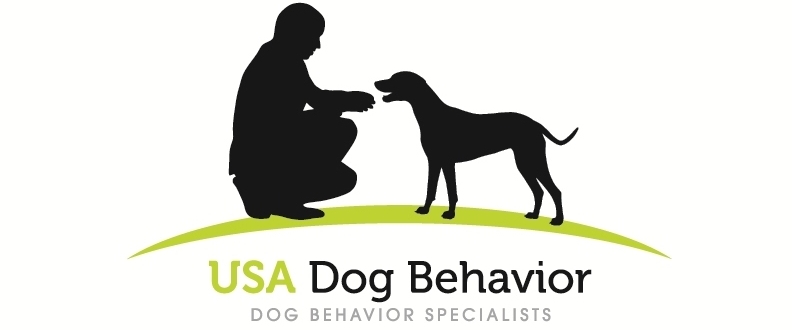Don’t do to Your Dog What Some People do to Their Children
©Scott Sheaffer, CDBC, CPDT-KA, USA Dog Behavior, LLC
"Quite frankly, it exhausts me to observe one of these dog owners with their dog…"
You and your spouse met a new couple at one of your kid’s soccer games a few months ago. At each subsequent game it becomes obvious that both families really get along. Before you know it, everyone is having dinner together.
You initially are so impressed at just how well behaved their kids are. Their kids never interrupt the adults and are super-respectful. They are perfect children.
But as the evening goes on, you begin to notice their kids never seem to make eye contact with their parents, or anyone else for that matter. It also looks as though their kids hardly talk to anyone at all (no wonder they never interrupt). As the evening proceeds, you also notice the kids give dad a wide berth – they never appear to get too close to him.
A PhD in clinical psychology is not required to understand what’s probably going on in this family. Dad is the uber-disciplinarian in the family. Any infraction of his rules results in quick and decisive punishment – sometimes physical punishment. This is the kind of person who thinks there’s no other way to get compliance from children. In his world, it’s important to keep kids “in their place” using these methods. And just so I don’t appear sexist, this could just as easily be mom.
I frequently see a corollary to this story in how people relate to their dogs. I’m talking about dogs that appear to want to hide from their owner and aren’t comfortable around strangers. When these dogs walk near their owner, they appear to be crouching. In more severe cases, these dogs tend to tremble around their owner. But they are perfectly behaved dogs in the eyes of the owner.
These are dogs whose owners (or previous owners in the case of rescues) are constantly punishing the dog in one way or another for: any movement in the wrong direction, making any sound, moving too slowly, not responding fast enough, etc. These owners frequently yell nonstop commands at their dog: “sit, sit, sit, sit, heel, heel, stay, stay, stay, stay, no, no, no, no, down, down, down, come, come, leave it, leave it, leave it, look at me, look at me”…you get the idea. And this type of owner is frequently not averse to using prong collars and shock collars.
These dogs live in homes where constant punishment is the only tool used to “train” them. Their body language telegraphs they’re scared and are most likely becoming increasingly afraid of people in general.
Many of these dogs ultimately shut down out of fear and thus appear to be “good dogs”. The reality is that they’re living in a world of anxiety and their daily lives revolve around avoiding punishment.
Quite frankly, it exhausts me to observe one of these dog owners with their dog; I can only imagine what it is doing to the dog.
A meta-analysis by the University of Texas at Austin and the University of Michigan completed in 2016 looked at 50 years of research regarding punitive techniques in raising human children. The study found that using physical punishment with children brings short-term behavior compliance but with significant and pervasive long-term psychological problems for the child including low self esteem, depression and chronic generalized anxiety.
Not surprisingly, the same is true for dogs. Using constant physical punishment with a dog may cause the owner to perceive that the dog is “well behaved.” But in reality, the dog has simply shut down and learns to fear its human family - and frequently humans in general. What kind of relationship is that with a dog?
Positive training techniques that emphasize positive reinforcement and relationship building with the owner have proven time and time again to be the best way to train a confident dog that will be a real part of the family – and with others outside of the family. And possibly the biggest benefit of this kind of training is that the dog will be happy and not live in a world of daily fear.
If your dog has behavior problems such as aggression, separation anxiety, etc., please find a qualified professional to help you.

